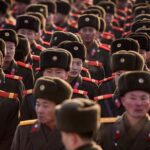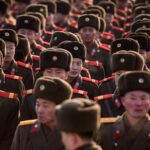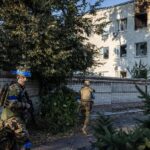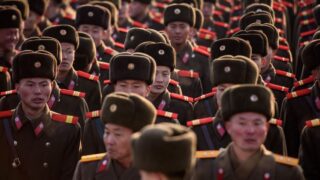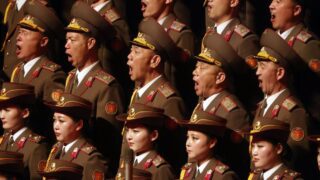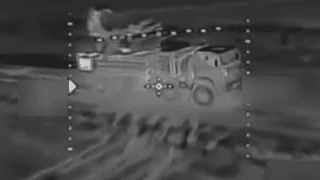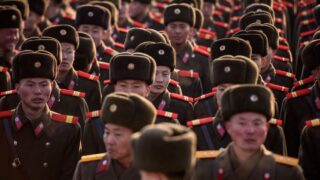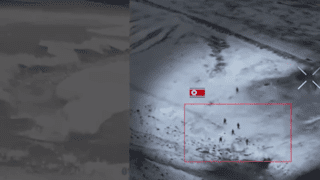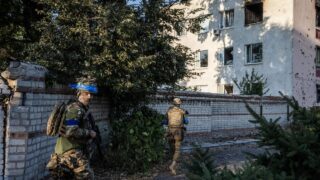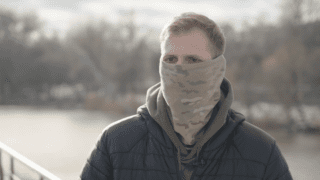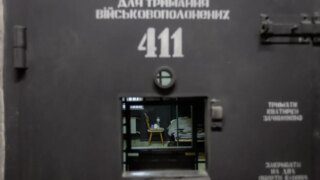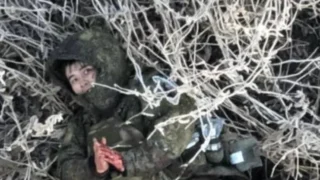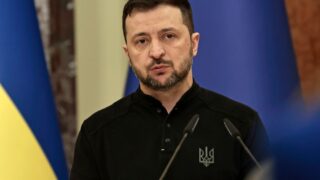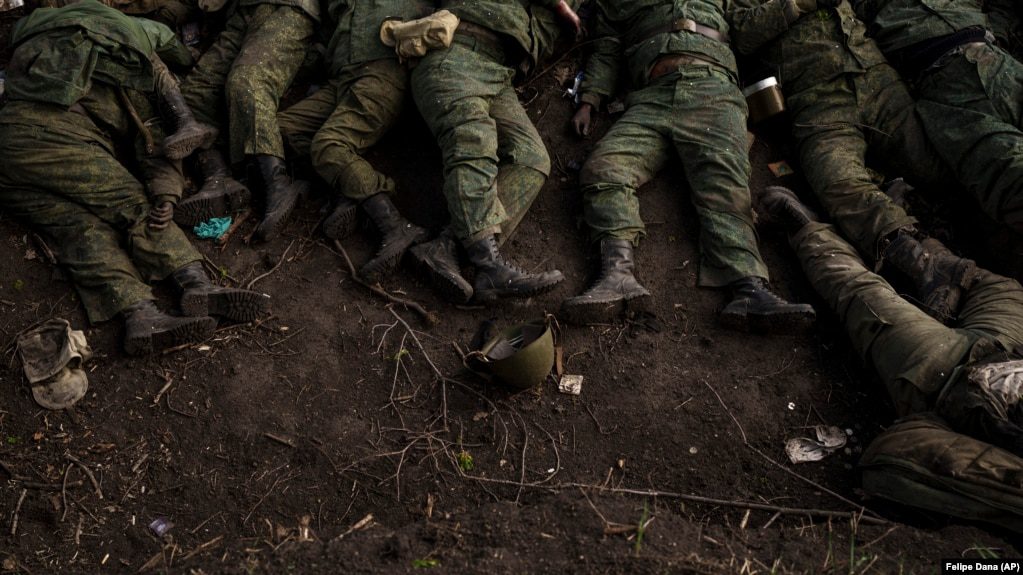
Russia’s human loss/fighting area ratio exceeds all modern conflicts except Korean War
Russia continues to sustain mounting casualties in its attempt to project an image of victory. The escalating pattern of Russian losses reveals the true cost of their offensive operations.
To maintain the appearance of winning, Russia has been forced to accept an astronomical increase in casualties.
The progression is stark: from approximately 200 soldiers per day (killed and wounded) in 2022, to 500 per day in 2023, and now reaching between 1,000 and 1,500 casualties daily in 2024.
Russian casualties have increased tenfold compared to the initial months of the war. What makes these losses particularly significant is that the fighting is concentrated in relatively confined territories, making the Russian casualties unprecedented in modern warfare.
When measured against the area of captured territory, Russian losses amount to 10.5 casualties per square kilometer, and this ratio continues to grow exponentially. For perspective, only the Korean War (1950-53) had a higher casualty-to-territory ratio at 11.4 casualties per square kilometer.
Most nations would consider such losses disproportionate to the territorial gains achieved. However, Russia has historically shown little regard for the human cost of victory.
Despite these massive casualties, Russia has achieved no significant territorial expansion over the past two years. The conflict remains largely a static war of attrition. In such conflicts, the eventual victor is typically determined by a simple equation: available resources multiplied by operational efficiency.
According to Institute for the Study of War (ISW), Russian forces captured approximately 4,168 square kilometers of Ukrainian territory in 2024, primarily rural areas comprising fields and small settlements. This came at a substantial human cost of around 427,000 casualties—averaging about 102 casualties per square kilometer gained. Despite intensified offensives between September and November, Russia failed to achieve strategic objectives such as fully capturing Donetsk Oblast or establishing a buffer zone in northern Kharkiv Oblast.
Related:

